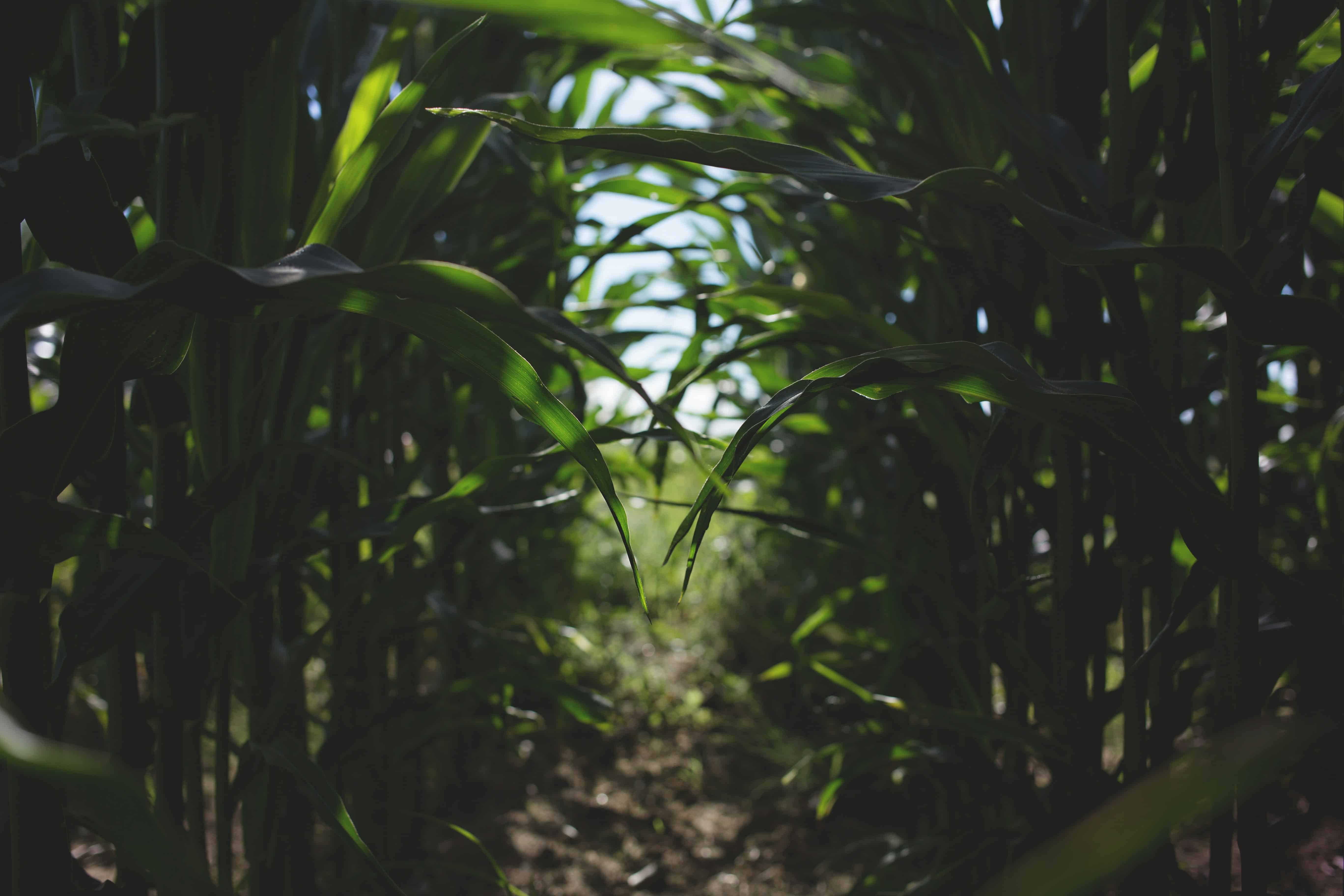Key Takeaways:
- Global research on the plant microbiome has deepened our understanding of plant-microorganism interactions, offering new avenues for improving crop productivity.
- Despite advancements, challenges remain in translating microbiome applications into consistent and effective field practices.
- Traditional microbial applications, such as nitrogen-fixing rhizobia and mycorrhizae, have been used for decades but face limitations in field efficacy.
- Expanding knowledge on microbiome diversity and functions presents significant opportunities for developing new and improved applications.
- The review highlights research gaps that need to be addressed to fully harness microbiome functions for sustainable agriculture.
Recent advances in plant microbiome research have significantly expanded our understanding of the complex interactions between plants and their associated microorganisms. In a comprehensive review, Stéphane Compant and colleagues (2024) explore how these interactions can be leveraged to enhance crop productivity, particularly in the context of challenges such as climate change, abiotic and biotic stresses, and declining soil quality.
Understanding the Plant Microbiome
The plant microbiome consists of a diverse array of microorganisms that interact with plants, influencing their health and productivity. Researchers have extensively studied the structure and functions of these plant-associated microorganisms, along with the genetic, biochemical, physical, and metabolic factors that contribute to the beneficial traits of plant microbiota.
The review highlights how harnessing the plant microbiome has led to the development of microbial applications aimed at improving crop yields. These include the use of nitrogen-fixing rhizobia, mycorrhizae, and biocontrol agents, which have been applied for decades to enhance plant nutrition and health. However, despite their potential, these applications often face limitations in terms of efficacy and consistency under real-world field conditions.
Challenges and Opportunities
One of the key challenges identified in the review is the difficulty in translating laboratory-based successes into reliable field applications. Factors such as environmental variability and the complex interactions within microbial communities can affect the performance of microbiome-based solutions.
Nevertheless, the growing body of knowledge on microbiome diversity, functions, and interactions offers a substantial resource for developing new types of applications. The review suggests that future research should focus on refining these applications to improve their effectiveness and consistency in the field.
Future Directions in Plant Microbiome Research
Compant and colleagues discuss the latest findings in plant microbiome research and how they could lead to more advanced applications for sustainable agriculture. They emphasize the need to address current research gaps, such as understanding the mechanisms of microbiome assembly and interactions, to fully exploit the potential of plant microbiomes.
Read the entire study here,


